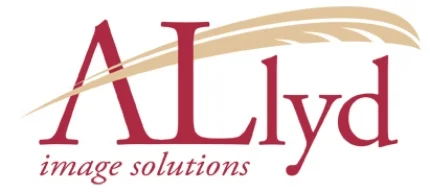I had the opportunity to facilitate a tri-board planning session, with over 50 individuals in attendance. I was reminded in the midst of the session about the value of volunteerism. I was surrounded by individuals that had been connected in one way or another to a shared mission to impact the lives of older adults and those with disabilities. The board members were diverse in age, ethnicity, commitment level and professional background, yet they were all actively involved and in attendance
During hard economic times many agencies will avoid the planning process and opt to eliminate the expense of a trained facilitator. There are, however, tremendous benefits to using this time to assess organizational direction, solidify core commitment levels and analyze the insight and feedback of core stakeholders. A facilitator is not the only way to accomplish this task, but they can be a significant asset in the experience. A facilitator is charged with interpretation of data. A good facilitator is creative, skilled and effective at engineering processes that yield the quality and quantity of data that executive teams need to plan in an efficient and significant way. This is not the season to avoid strategic planning. This is indeed an important season to plan an operational, governance and development strategy that works.
Strategic Planning experiences come in a variety of formats and benefit from diverse frameworks; they can also be a key component of a leadership retreat or board orientation process. Many organizations ask for tips and recommendations regarding the development of a quality planning process, in pursuit of a collective experience that avoids the trap of stale ice breakers and ineffective SWOT analysis conversations. I suggest that there are core considerations that can serve to guide any organization in how to move forward in excellence:
1. Review the previous strategic plan for what has worked in the past, and what has failed in the past. Many organizations view planning as a cyclical obligation with very little impact on day to day operations. A successful strategic planning process should result in a framework for board leaders, executive staff and volunteers to achieve the mission of the agency. Avoid past mistakes by evaluating the process that has been used in the past.
2. Limit the planning timeframe to 3 years. 5 year plans are rarely able to withstand the environmental changes within our communities, leaving many tasks and assignments undone. Prioritize objectives for timelines that mirror the board terms, staff longevity and committee activity levels. Accountability is easier to achieve when stakeholders and partners can see visible change in shorter intervals of time.
3. Consider a trained facilitator or independent technical assistance provider. While someone within your organization may have planning or facilitation skills, their participation limits their ability to fully participate in the process. An outsider observer has the responsibility of evaluating information, solidifying data and building on facts and figures vs. a connection to individuals and previous experiences. References and examples of prior experiences are helpful in establishing the natural trust required to develop an effective process.
4. Consider alternative planning approaches that build on your current strengths and organizational prowess. The Strategic Planning process doesn't have to be isolating, boring or uneventful - if it is done correctly. Ask possible vendors to document their process, share references, and openly develop an upcoming program opportunity.
5. Allow enough time for active conversation and clarity. Planning meetings that are scheduled with existing board meetings or committee dates can foster a difficult environment to truly focus and foster results oriented sessions. A minimum of 6 hours offers a good starting point for evaluation purposes.
As our society changes the need for planning remains critical. The capacity of an organization to respond to organizational and environmental change impacts its ability to remain competitive and fulfill its commitment to the community. Now is the time to prepare for the challenges that rest ahead of us. Those that survive will be dedicated to excellence, fulfilling a thoughtful plan for the future. That plan should be exist in multiple forms, including a succinct format where team members can easily track the tasks, timeline and evaluation measures that will guide them. Here's to your planning success!
Posted
